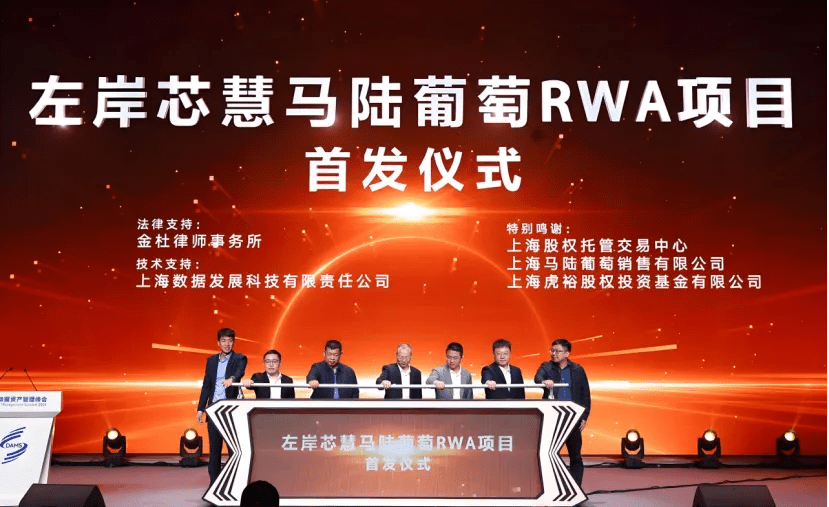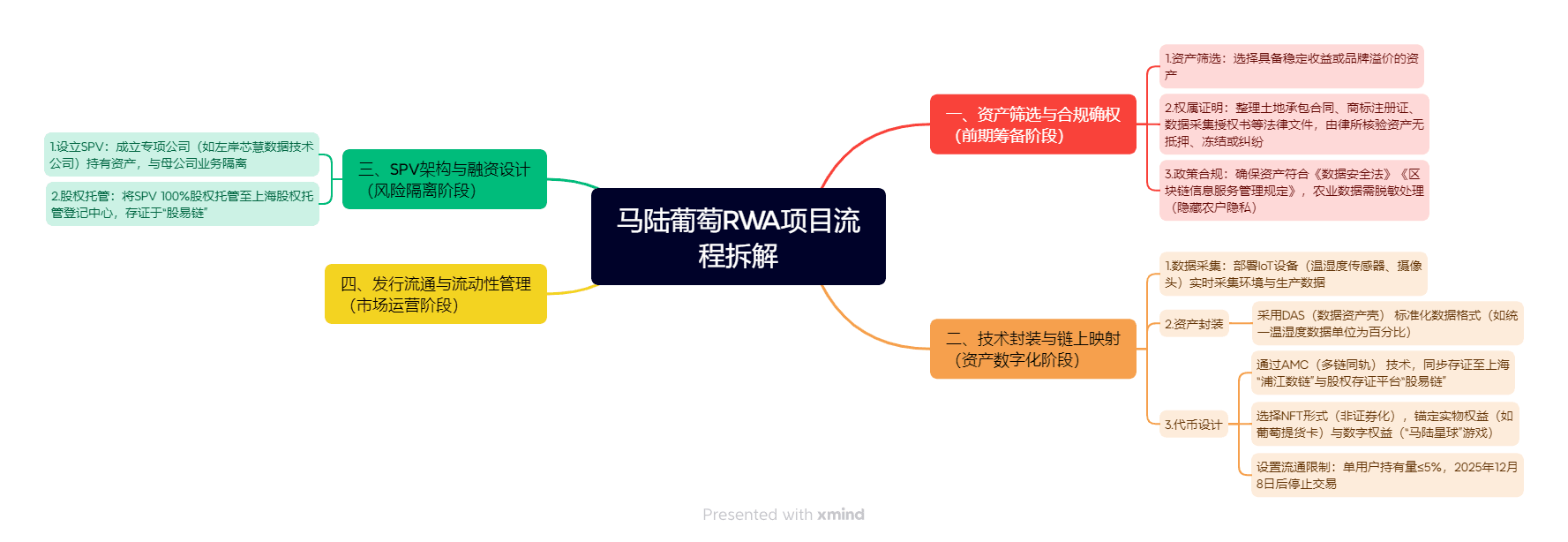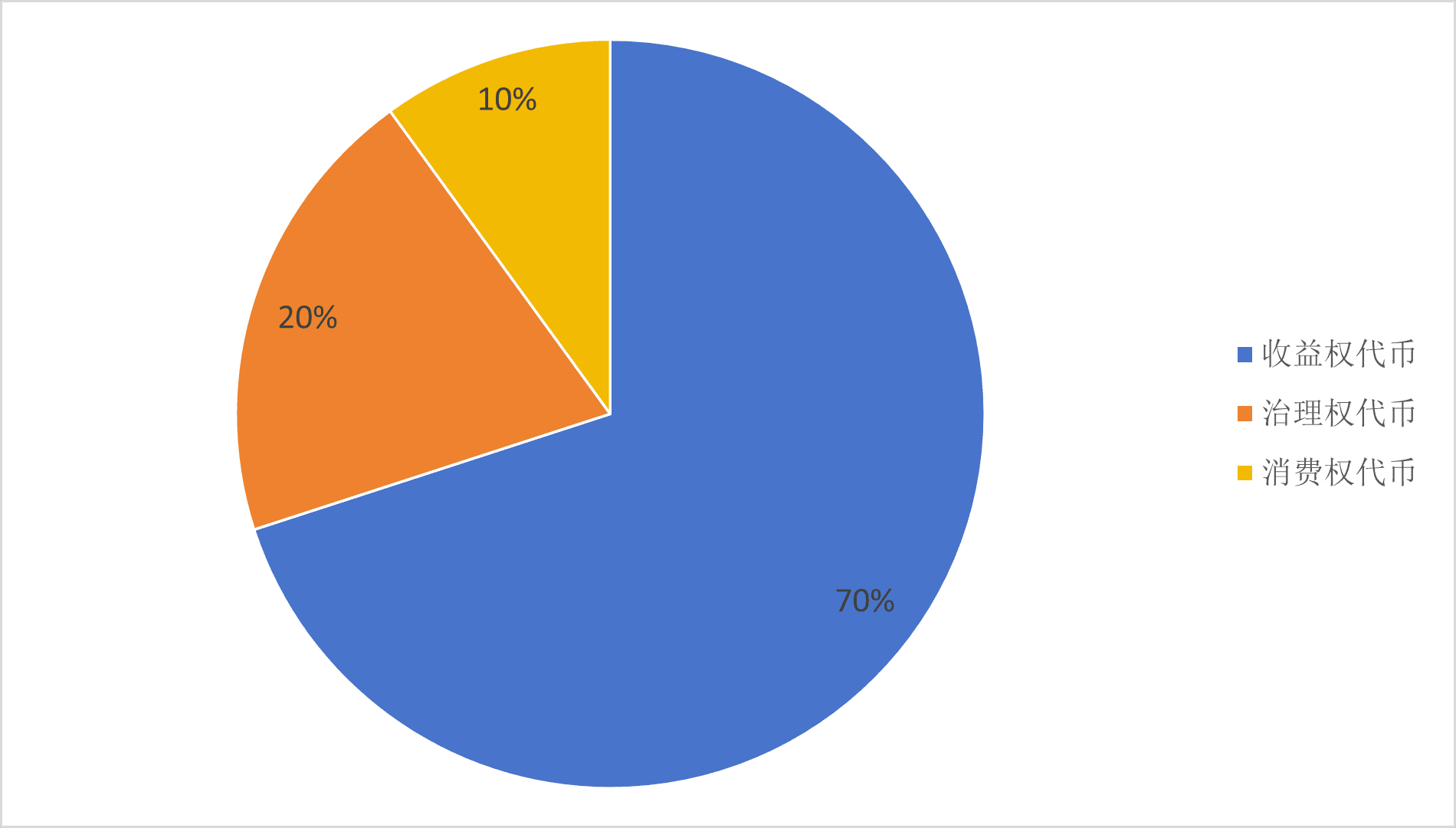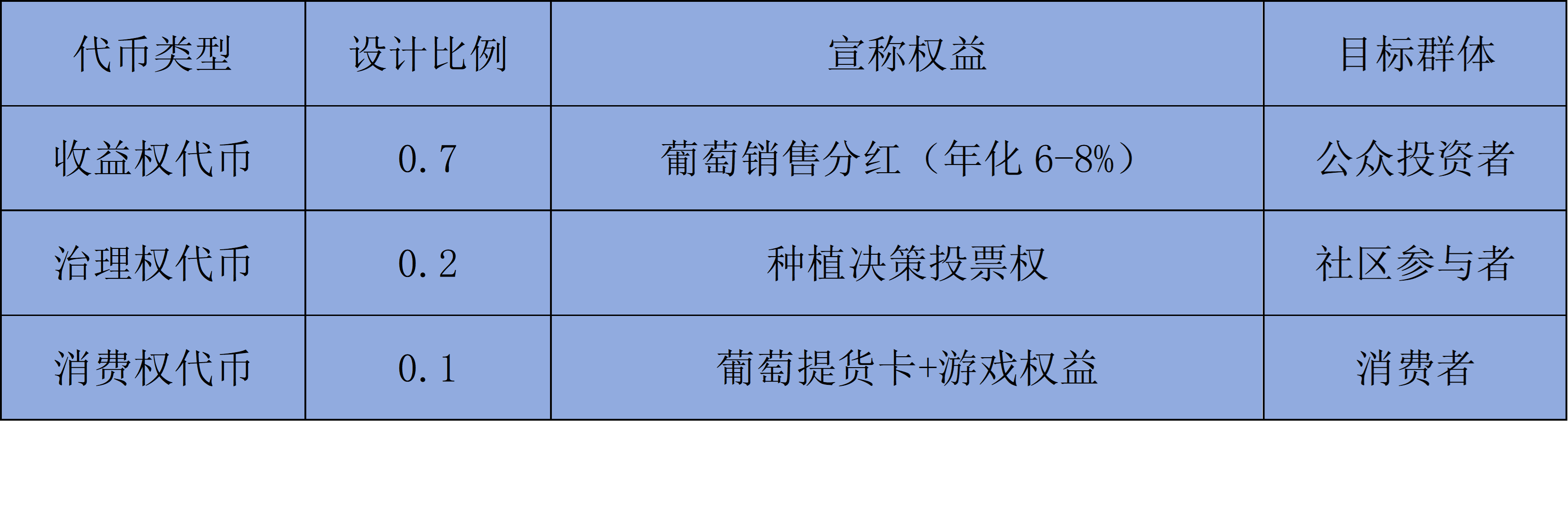About China's first RWA project in the agricultural field - Malu Grapes.
Essentially just equity financing disguised as RWA.
In this analysis, we will focus on its on-chain path and essential exploration, mainly including the following points.
1⃣ Introduction to the basic situation of the project.
2⃣ On-chain path research.
3⃣ Project participant relationship sorting.
4⃣ Essential analysis of agricultural projects going on-chain.
——————————————
❓
First case of RWA in Chinese agriculture? (1/4)
On November 25, 2024, the Shanghai Malu Grapes asset on-chain project made a high-profile appearance as 'China's first agricultural RWA case'.
The official has positioned it as a benchmark for 'technology empowering the real economy', and the wind of domestic RWA basically started from this project, making it a pioneer project.
The underlying asset anchored by this project is the grapes grown in the Luzhen grape planting area of Shanghai, which is a physical asset. This 'Malu Grapes' is a geographical indication agricultural product of Shanghai, with a history of over 40 years. It has now formed an industrial joint development model of 'research institute + enterprise + cooperative + farmers' and is considered a well-known brand in the agricultural field.
This project claims to have achieved 'grape vineyard data assetization' through blockchain technology and has concurrently completed 10 million yuan in equity financing and 200,000 yuan in NFT financing on the Shanghai Data Exchange.
However, in the end, you will find that blockchain technology is more of a promotional gimmick, and there is still a long way to go to achieve a true RWA project.

———————————————
🚗 Research on the on-chain path (2/4)

1⃣ Compliance confirmation.
This is the first step that all RWA projects must go through. In this project, it is about legally confirming the ownership of the grapes, determining whether they belong to the planting farmers, the planting company, etc.
If there were no contracts before, only customary sales models, then contracts need to be supplemented.
2⃣ Data collection.
Compared to industrial projects, agricultural asset on-chain has a significant natural disadvantage 🫷.
Here, to go on-chain, it is necessary to first deploy data collectors to gather relevant data.
For example, soil moisture, acidity, growth cycle, etc. This part of the deployment requires some investment, and one must wait for a new growth cycle. In comparison, many industrial projects, such as charging piles, inherently come with data collection and upload capabilities, which can save some costs.
3⃣ Asset packaging and on-chain.
After acquiring data, construct the Data DAS (Data Asset Shell). In simpler terms, this means processing the data, unifying data fields, compliance recognition, etc., which is equivalent to the data organization phase.
Secondly, it is about going on-chain. This project uses the SwiftLink platform to go on-chain for proof, while utilizing AMC (Multi-Chain Synchronization) technology to synchronize the data proof to Shanghai 'Pujiang Data Chain', achieving on-chain credit enhancement.
Here we can notice that the chains here are all domestic private chains, which should be distinguished from the common open public chains like ETH\SOL.
4⃣ Asset evaluation and token model design.
This is another manifestation of the disadvantages of agricultural projects going on-chain 🫷. Compared to standard financial assets like bonds, agricultural assets are very difficult to have a pricing standard. The price of grapes depends on supply and demand, and specifically on appearance, variety, storage conditions, etc. When it comes to tokenization, it is easy to incur risks.
In this project, we look for some asset appraisal companies to evaluate using some asset premium methods.
5⃣ SPV structure.
In October 2023, for the Malu project, Shanghai Zuoyan Xinhui Electronic Technology Co., Ltd. and Shanghai Zuoyan Investment Management Co., Ltd. jointly invested 10 million yuan to establish Zuoyan Xinhui Company as a project-specific SPV, independently carrying the Malu Grapes data asset package, isolating risks from the parent company.
At the same time, 100% of the equity is held in custody at the Shanghai Equity Custody Registration Center and is stored on the blockchain platform 'Guyi Chain', achieving ownership transparency.
6⃣ Token design.
Initially, the project designed a layered token economic model.
The revenue rights token accounts for 70%, anchored to grape sales revenue, providing investors with an annualized benchmark dividend of about 6%, hoping to attract stable investors like bank wealth management funds;
The governance token accounts for 20%, allowing users to vote on major decisions in the vineyard (such as introducing new varieties and expanding sales channels);
The consumer rights token accounts for 10%, tied to product discount rights, for example, users can enjoy an 80% purchasing right for Malu grapes.

However, to avoid the prohibition of token securitization issuance requirements in mainland China, the project party did not conduct financing and circulation according to the initial token model, but chose to sacrifice liquidity and adopt the 'de-financialization' RWA route.
In actual operation, it is no longer presented in the form of tokens but appears as NFT digital collectibles.
Finally, 2024 NFTs will be issued (including 1924 basic versions and 100 scarce versions), with 2013 publicly sold (accounting for 99.3%), and the project party keeps 11 (for brand cooperation or airdrops), with an initial price of 99 yuan each. Thus, the Malu Grapes project NFT completed 200,000 yuan.

